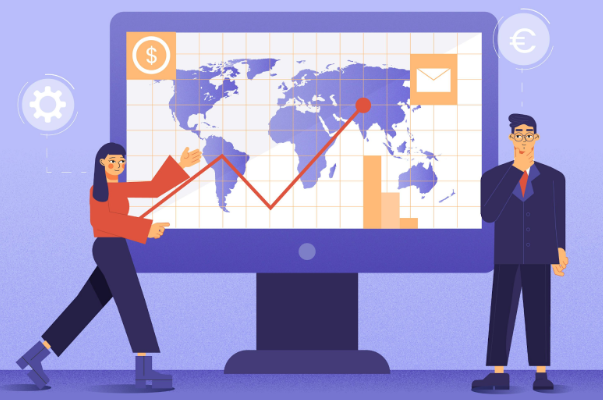How to Trade Exotic Currency Pairs An Advanced Trader’s Guide
The foreign exchange (Forex) market is the most liquid and vast financial market in the world. The Bank for International Settlements (BIS, 2022) estimates Forex has a global trading volume of USD 7.5 trillion traded per day, which is many times larger than equity or bond markets. In fact, the large majority of trades take place in the major currencies (e.g., EUR/USD, GBP/USD, or USD/JPY) which supply an active marketplace with deep liquidity, tighter spreads and stable prices.
However, also exists a lesserknown corner of the Forex market that is not as liquid with higher associated trading costs, called exotic currency pairs. This involves a major currency (e.g., US dollar or euro) paired with the currency of an emerging market or smaller economy (e.g., USD/TRY or USD/ZAR). Exotic currency pairs have lower liquidity and higher volatility as these pairs have wider spreads and higher cost of trading (compared to major currency pairs).
So why do traders actively pursue trading in exotic pairs? The answer is that exotic pairs provide a unique balance of risk and reward. Exotic pairs normally have larger fluctuations than the major pairs which creates a desirable opportunity for a trader that understands the relationship between volatility and risk management. In simple terms, majors tend to have constant predictable moves, while exotic pairs offer the potential for explosive movement if you approach them properly.
Another analogy for new traders: consider this notion trading major currency pairs is like getting a Coke at the nearest store it is widely available, affordable and reliable. Trading exotic pairs, is more like finding an exotic rare imported specialty drink that costs more and is harder to get, but you can taste you cannot get any where else.
In this guide we will cover all aspects, from defining the exotic currency pairs to their features, advantages and disadvantages, economics list, and factors influencing the exotic pairs. We will also discuss practical emerging trading strategies, advanced portfolio deployment, and risk controls that traders can use to consider if exotic pairs are viable trades for you.
What is Exotic Currency Pair?
Currency pairs in Forex trading can be categorized into three groups: major currencies, minor currencies, and exotic currencies. Major currency pairs are ones that a lot of traders are familiar with (EUR/USD, GBP/USD, or USD/JPY for example) but exotics are less discussed but are just as important in the market.
An example of an exotic currency pair is combining a major currency (the US dollar, euro or British pound for example) with a currency from an emerging or smaller economy.
Some examples of exotic currency pairs:
USD/TRY – US Dollar / Turkish Lira
USD/ZAR – US Dollar / South African Rand
USD/THB – US Dollar / Thai Baht
Exotic pairs are substantially different from major currency pairs with respect to liquidity, volatility, and costs of trading.
Key Characteristics of Exotic Pairs
Lower Liquidity
Exotic pairs have been traded the least compared to the majors, which means there are less buyers and sellers making the prices encouraged to fluctuate more often and a larger bid–ask (the difference between the buying price and selling price) spread, making them more expensive than majors. EUR/USD may have a spread of just 1 2 pips, however an exotic pair like USD/TRY could have a hundred pip spread or more.
Higher Volatility
Exotic pairs have greater price fluctuations. This is especially prevalent when there are political or economic issues, for example, if there is unrest in Turkey, traders would not expect the price of USD/TRY to remain stable and may be encouraged to make large trades in either direction. The price change for exotic pairs can happen quickly, one large risk but also big opportunity.
Higher Trading Costs
Due to liquidity in exotic pairs and spread bid–ask, exotic pairs can be costly to trade. This makes them less ideal for scalping or frequency of trades, however they may be premium for a swing trader or position trader, who can afford these increased price swings in exotic pair trading.
Market Participants
The major pairs attract banks, hedge funds, corporations, and retail traders internationally. Exotic pairs, however, tend to feature the local institution(s), government, and speculative flows.
Majors versus Exotics
To clarify this even more, you can think of major pairs as regular groceries in the supermarket. They are common, cheap, and consistent. Exotic pairs are like rare finds from specialty outlets. They lose some simplicity, cost more, get checked against a broader set of variables, but you get something unique that you can't get in the normal, runofthemill space.
FOR MORE IFNO :-


Comments
Post a Comment